SCA Coffee Flavor Wheel Analysis tutorial correctly describes the flavor characteristics and taste categories of hand-brewed coffee
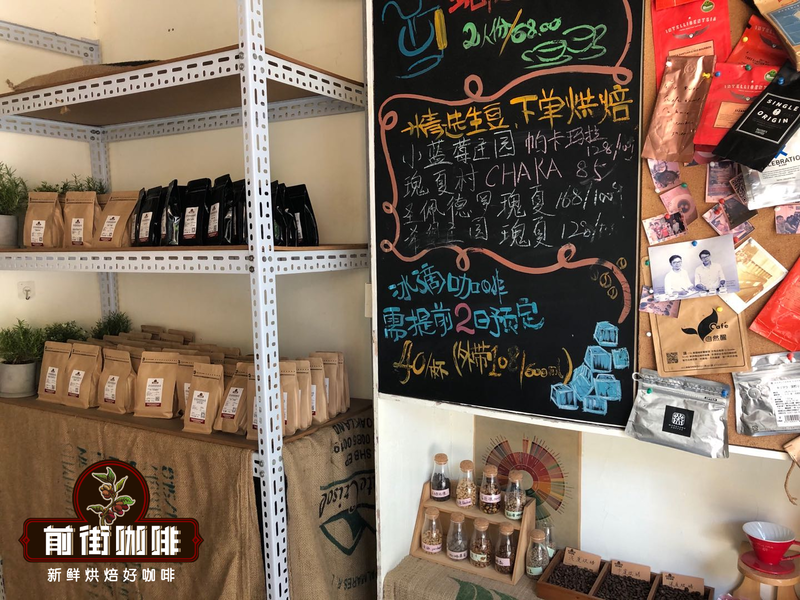
For professional baristas, please follow the coffee workshop (Wechat official account cafe_style)
Many friends asked the barista on the front street, "can you really drink so much flavor of beans?" How do you drink it? " First of all, with regard to the question of personal senses, everyone will come into contact with different smells and tastes as they grow up. Many of the flavors in coffee are just close to the things we come into contact with in our lives. Instead of touching the same, Qianjie baristas use coffee flavor wheels to describe flavor and aroma when they feel some roughly vague flavors during cup testing. Coffee flavor wheel can be regarded as the "flavor dictionary" of boutique coffee, because it contains the flavor presented in boutique coffee, either concrete or abstract, and is an indispensable tool in coffee cup testing. As a common tool for cup testing, Kai can help baristas in front street to find an accurate description during cup testing. as a professional and professional quality control link, it is to find out the problem of cup testing coffee beans. it is of great guiding significance for coffee curve adjustment and flavor development. Therefore, Qianjie believes that coffee flavor wheel is an indispensable professional auxiliary tool in cup testing.
"what is the flavor of coffee? "
When tasting coffee, Qianjie coffee will pay attention to the performance of coffee in the four major tastes of sour, sweet, bitter and salty, which is closely related to the degree of roasting, so [flavor wheel] is classified by shallow medium roasting and deep roasting. Coincidentally, the shallow medium-baked "sour and sweet" flavor has low molecular weight, high polarity and high water solubility, which is often dissolved in the first half of the extraction. However, the "bitter and salty" flavor, with high molecular weight, low polarity and low water solubility, is often dissolved in the second half of extraction.
The taste of coffee beans from light baking to medium roasting is mainly low molecular weight and medium molecular weight sour and sweet taste, but there are too many defective beans or improper baking, even shallow roasting will produce thankless salty taste. So that deep baking is dominated by high molecular weight bitterness and saltiness. But deep baking is not useless, the rarest deep baking flavor spectrum-"thick but not bitter, mellow moisturizing throat".
"the proportion of water-soluble flavors in coffee"
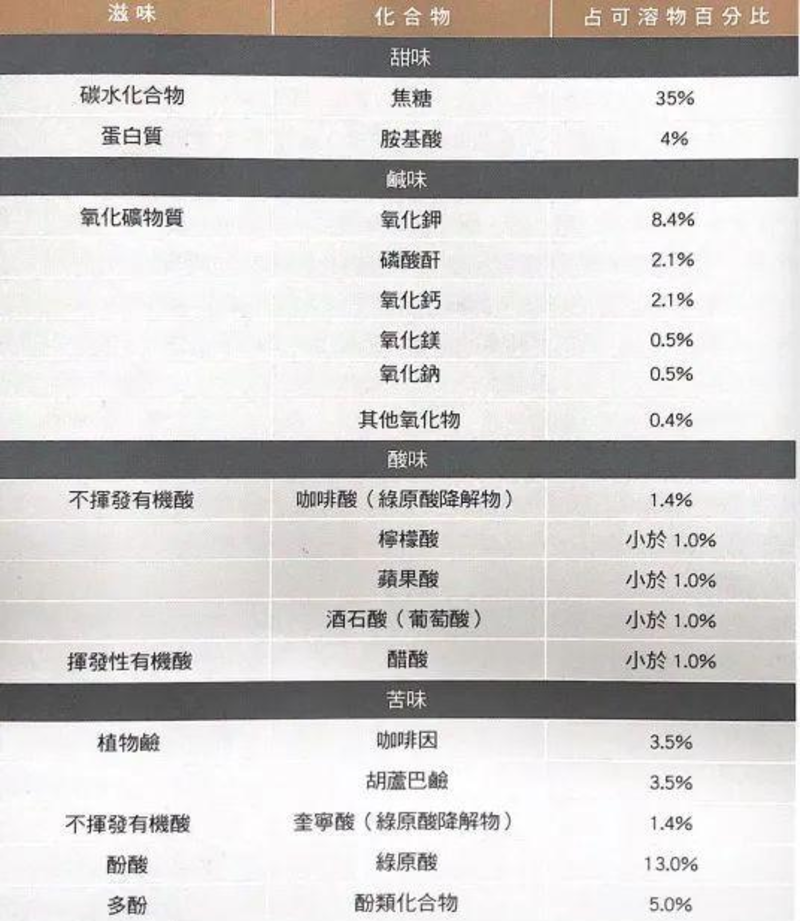
The above data are the weight proportion of sour, sweet, bitter and salty soluble flavors of coffee cooked beans, although the sweet ingredients are the most, accounting for 39% of the soluble substances, followed by bitterness 26.4%, salty taste 14%, sour taste the lowest, no more than 5.4%, the total is 84.8%, and the rest not listed should be flavors with less content. Do not read the percentage and feel that the proportion of sweetness is so high, coffee will be as sweet as honey. This is not the case. The bitter sour or salty taste of black coffee can easily interfere with the original sweetness, and the four flavors will be complex to offset and complement each other. Follow the front street coffee to see a complete coffee flavor wheel.
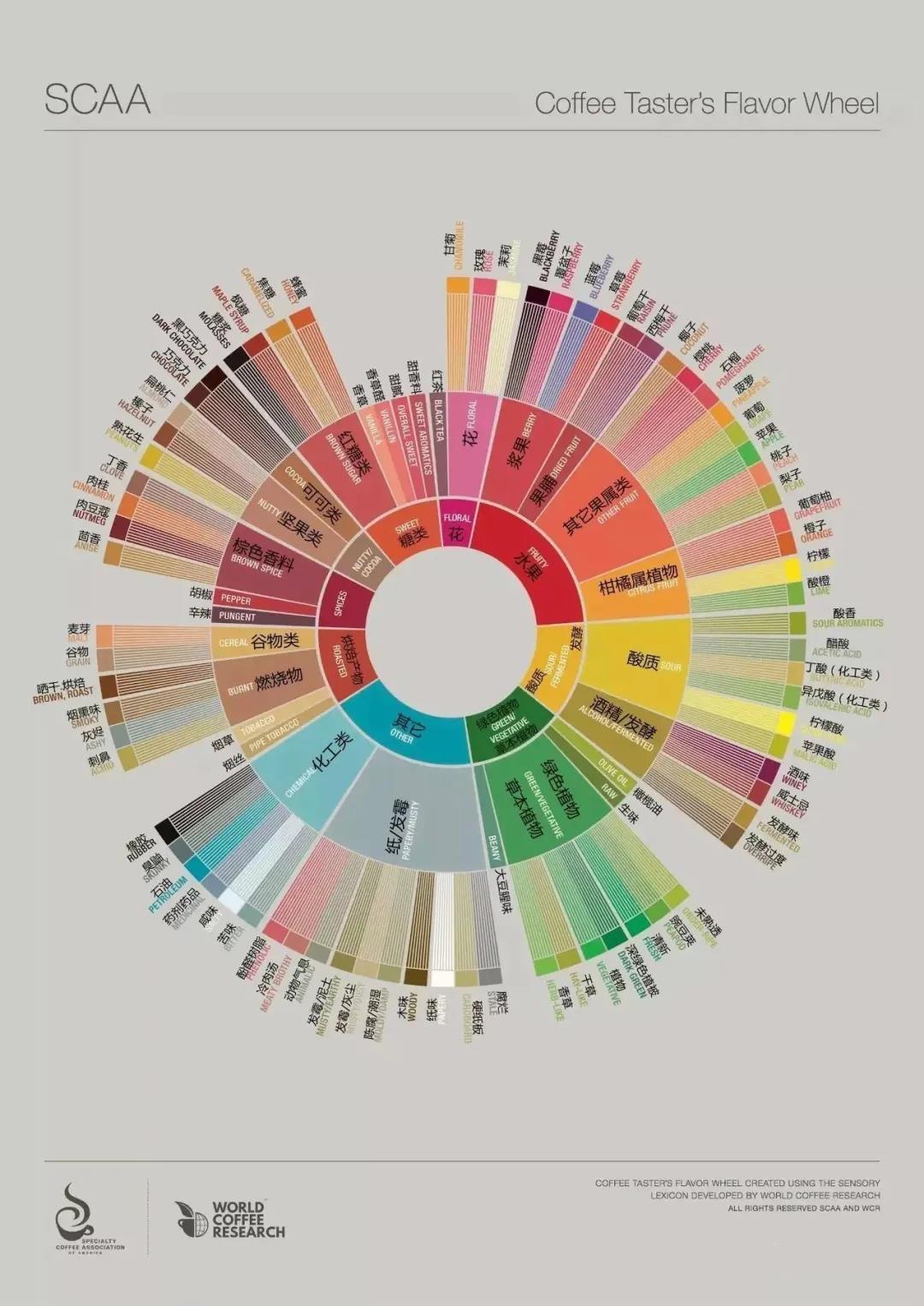
Are you dazzled? Don't worry, next Qianjie will split up one by one and tell you in detail what flavor there are in the flavor wheel.
Four Flavor Spectrum in Coffee Flavor Wheel
Qianjie first divides the coffee flavor into sour, sweet, bitter and salty flavor spectrum to tell you about the overall flavor trend. Why isn't it spicy? Because spicy is pain, not taste.

1. Acidity spectrum
Sour taste is originally the most important feature of shallow roasted coffee. Coffee beans contain a variety of organic acids, including phenolic acids, fatty acids and amino acids, which have the greatest impact on the taste of coffee. In addition, in the process of baking, sucrose degrades the product, from light baking to medium baking, sucrose will gradually degrade, and the concentration of acetic acid and lactic acid will increase, but at a certain point, it will drop dramatically, so the sour taste of coffee baked in light will be more obvious.
2. Bitterness spectrum
The bitter taste of coffee can be classified as smooth taste and hindrance, the former refers to the natural slightly bitter taste of caffeine, fenugreek, aliphatic acid and quinine vinegar, while the latter refers to the heavy bitterness of chlorogenic acid degradation products chlorogenic acid lactone (Chlorogenic acid lactones), defective beans and carbonized particles.
Third, sweetness spectrum
Although the volatile aroma of caramel is easy to enjoy with the technique of returning air to the nose and the sense of smell behind the nose, it is not easy for the taste to drink the sweetness of black coffee, because the sweetness is often disturbed by other sour, bitter and salty ingredients, and it is not easy to jump out. Unless the sweet ingredients of ripe beans are higher than the average, it is possible to break out and drink sweet taste. In other words, smell is far more likely to enjoy the sweetness of coffee than taste.
The sour and sweet taste of the shallow and medium roasted "sweet spectrum" is the interactive taste of sweetness and sour taste, which most often appears in the water-washed beans above 1300 meters above sea level. If the content of citric acid, malic acid and acetic acid is not low, it will have a sharp sour taste, but if the sugar content of the coffee is high, it can neutralize some of the fruit acidity, making the acidity supple, dynamic, and fruit flavor, and there is an interesting "sour and sweet shock" taste.
IV. Salty taste spectrum
Although the salty taste of coffee is omnipresent, it is often hidden under the interaction between sour and sweet. Once the black coffee is salty, the sour and sweet organic matter has been oxidized, causing the salty taste of inorganic matter to be highlighted, which can be regarded as a warning that the coffee is stale or stale.
The next step in the front street is to split the flavor wheel to see the coffee beans that describe the flavor and what these flavors represent. | Flower and fruit aromas
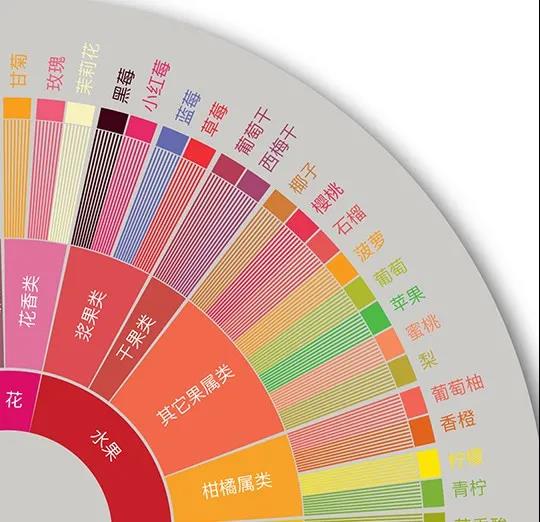
Floral: a light, slightly sweet, elegant fragrance. Through the cup test in Qianjie, the most common scent of flowers is jasmine and rose.
Rose-fragrant type, there is a peaceful and soothing feeling, representing the scent of flowers and lavender. The fragrance of roses in the Panamanian red standard rose summer of the front street coffee is the most prominent.
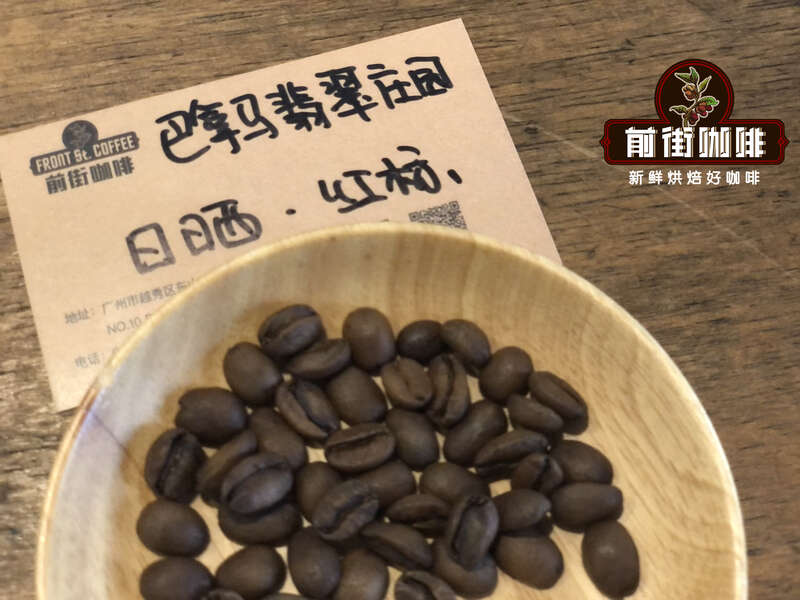
Cooking flavor: there are bright roses, citrus aromas, black rice, berries, apricots, compound fruits, honey, thick juice, rich flavor, sweet and obvious.
Jasmine-fragrant type, aroma rising and vibrant, representing the scent of flowers and coffee flowers. This flower-scented type of coffee is more. Front Street Coffee Yega Snow Fruit Ding Ding is a jasmine scent.
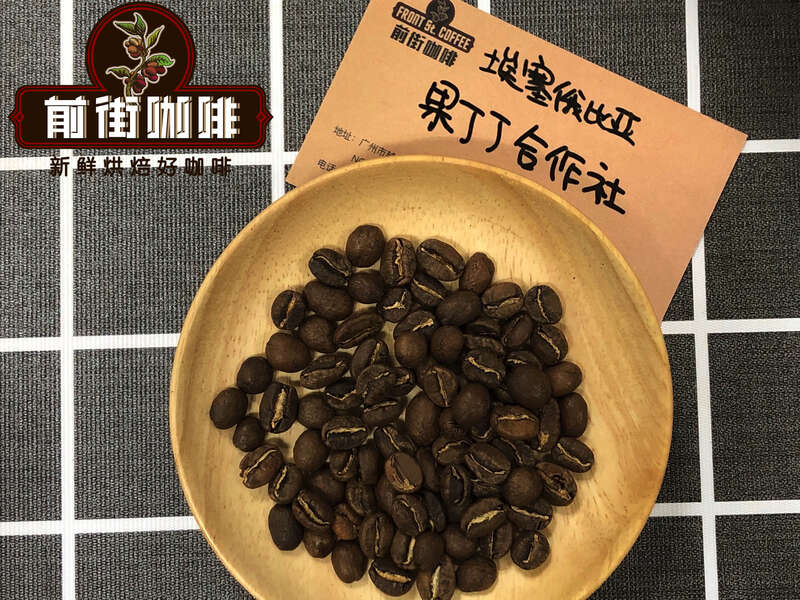
Brewing flavor: there are citrus and black tea in the entrance, cream, caramel and almond aftertaste with a clean and sweet taste with the change of temperature.
Fruit aroma (Fruity): a slightly sweet, fruity and floral blend of ripe fruits. Through the cup test in the front street, the most common fruit aromas are citrus and berry aromas.
Citrus-clean taste and fresh aroma. Qianjie Coffee Ethiopia Yega Sheffiko water wash Cheer is the most representative.
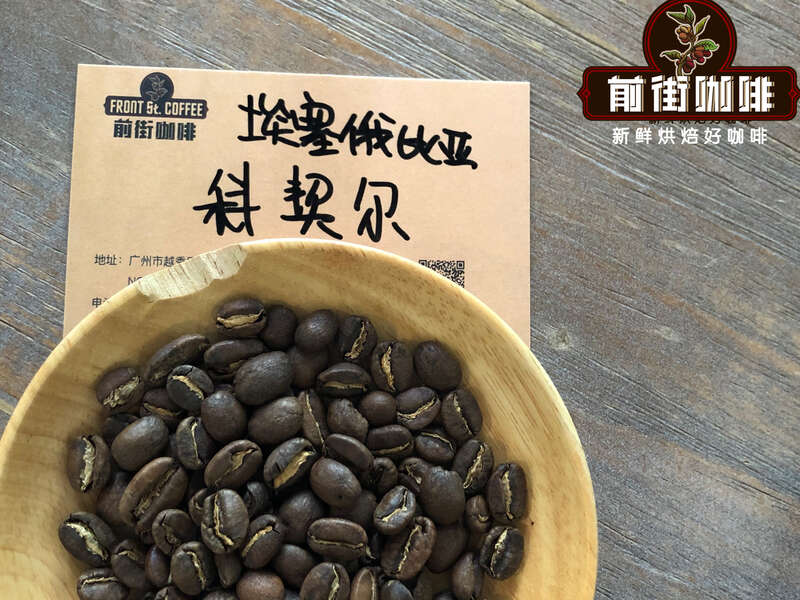
Cooking flavor: lemon, flower fragrance, orange, sugar, clean and refreshing as a whole, Huigan has honey flavor and oolong tea aftertaste.
Berries-mellow on the palate with a smooth juicy feel. The front street coffee is represented by the Ethiopian sun, Sidamo.
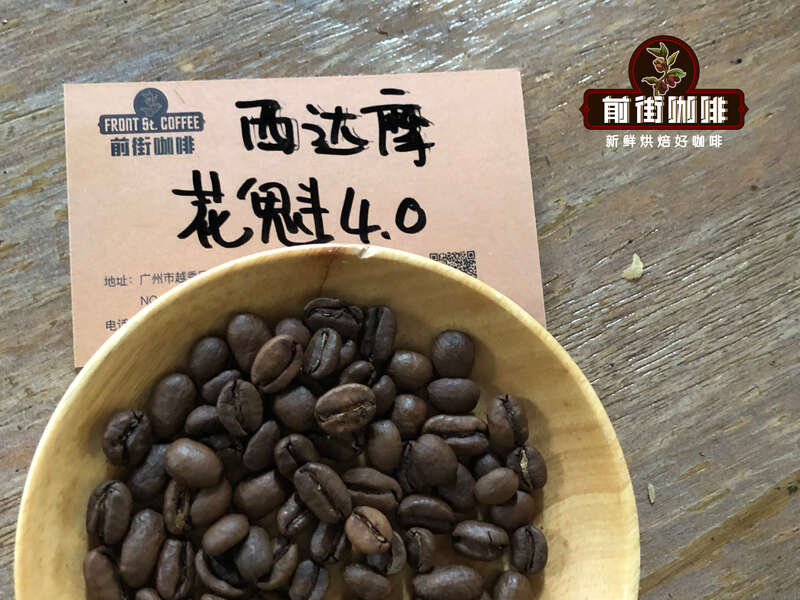
Cooking flavor: high temperature aroma of almonds, slow cooling of sweet and sour berries, blackcurrant juice, honey aftertaste, long-lasting sweetness.
| | Green plants / herbs |

Under-Ripe: unripe fruit on a tree that tastes like a grapefruit peel. Fresh (Fresh): freshly cut grass. Dark green vegetables (Dark Green): boiled green vegetables, such as canned spinach that Popeye eats. Plant (Vegetative): the slightly spicy taste of green vegetables, the reference given is canned asparagus. Peapoo: the taste of beans and legume products. (the aromatic acid in the sour category, although it is also beans, but that one is more sour. Herbs (Herb like): spice leaves are more suitable. Such as incense leaf, basil, thyme. Colombian cherry coffee beans are the most representative of front street coffee.
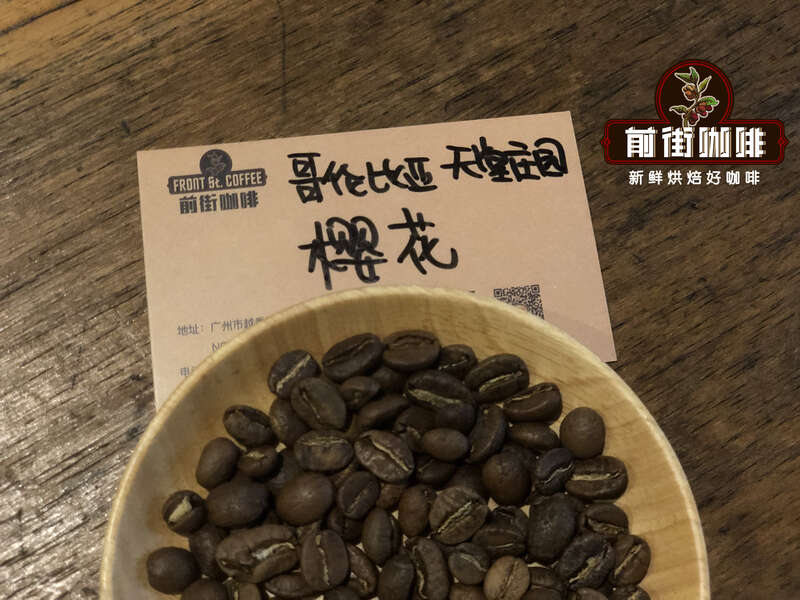
Brewing flavor: berry juice-like taste, strawberry jam, mint tea, moxa grass, basil finish.
| | Nuts / cocoa |

Coffee beans are roasted as a result of the Mena reaction. This aroma is more common, including: nuts: roasted almond Roasted Almonds, roasted peanut RoastedPeanuts, roasted hazelnut Roaster Hazelnuts, walnut Walnuts. Cocoa: dark chocolate BlackChocolate. The most representative of these two flavors is the Brazilian Queen's Manor coffee beans in the front street coffee!
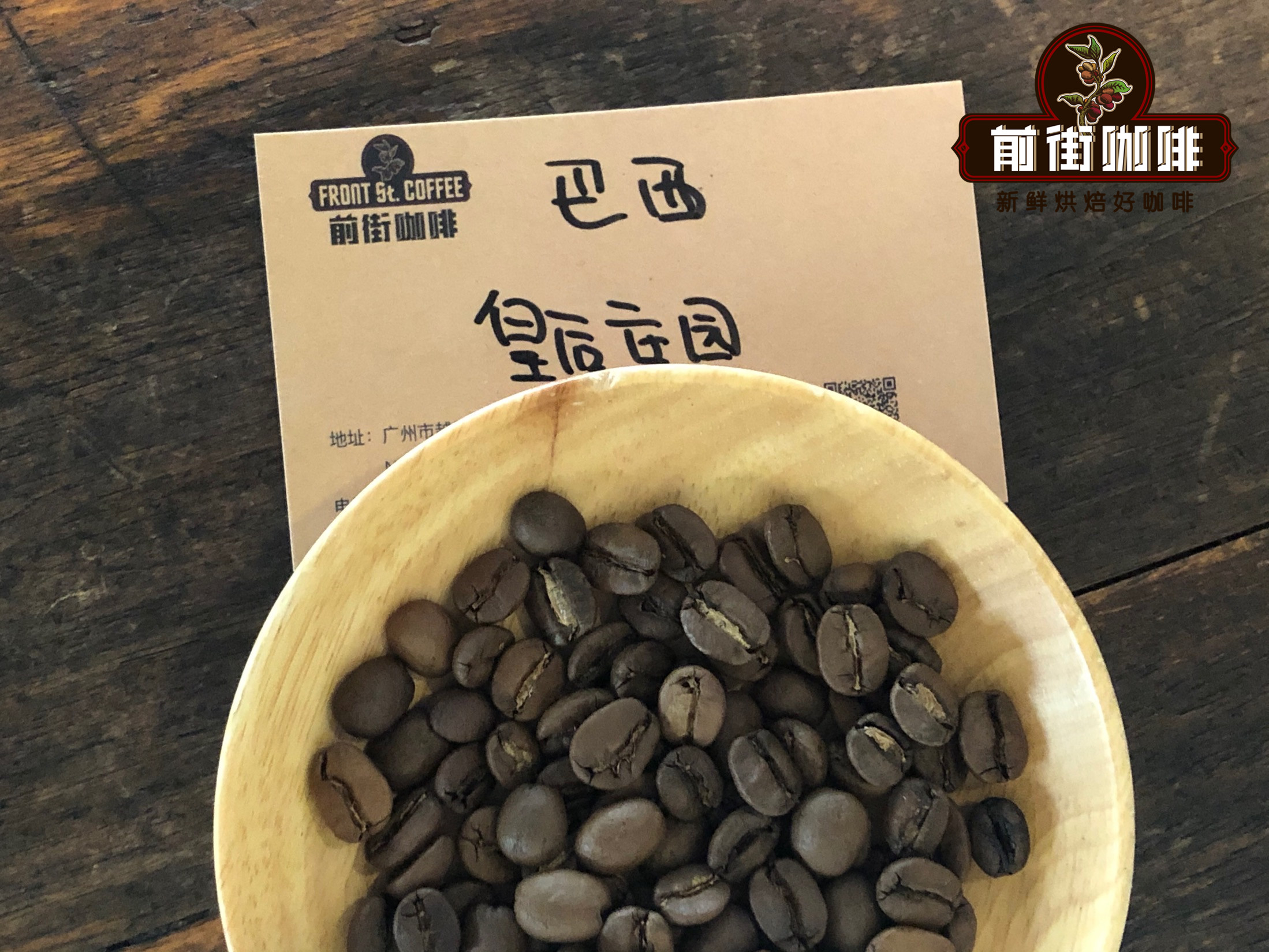
Brewing flavor: Sugar cane juice's sweet, black tea, beautiful and smooth fruit sweetness, obvious nutty flavor, balanced and supple acidity, weak and clean bitterness, rich chocolate aroma and nutty flavor, bright and refreshing taste, smooth and delicate taste.
| | Sweet

The aroma of caramel produced by caramelization due to the cracking of acid aroma during baking.
1. Toffee, caramel, honey, maple syrup. The front street coffee Yejia Xuefei's sun-tanned cherries are the most representative.
The first sign of discrimination is its "stickiness", which is related to both our taste and the degree of sweetness, and can be confirmed by our sense of smell. We can simply boil it down to toffee > caramel > honey > maple syrup. This consistency can be expressed as we smell the coffee at the bottom of the cup after drinking coffee. Does it make you feel bored? Or is it lighter? In addition, the taste of honey is a little sour and fermented, while the smell of maple syrup is light and woody.
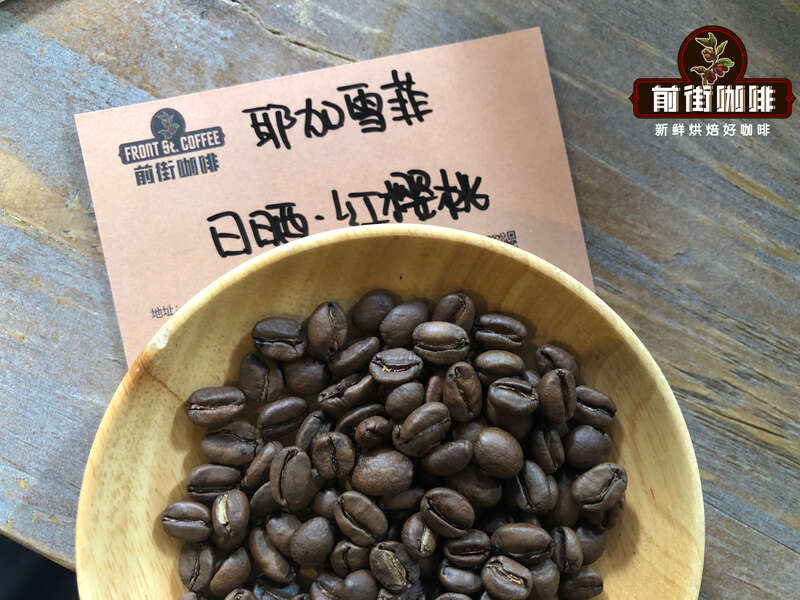
Cooking flavor: lemon, licorice, citrus, berry, sweet orange, the overall sweetness is high, Huigan has the flavor of caramel and cream, and the aftertaste has the aroma of black tea.
two。 Black sugar, yellow sugar, white sugar
The second category is to distinguish sucrose in terms of purity and sweetness. although in terms of purity, white sugar > yellow sugar > caramel, we have to add a sense of smell to coffee, which makes the sweet black sugar > brown sugar > white sugar in coffee, and the rich degree of sweetness is different, so it gives us different feelings. | | Spice

Generally produced during deep baking, including: spicy (Pungent): such as the sharp taste of the nose, the reference is an orange essential oil, the taste will have the fragrance of traditional Chinese medicine. The representative coffee has gold manning coffee beans on the front street.
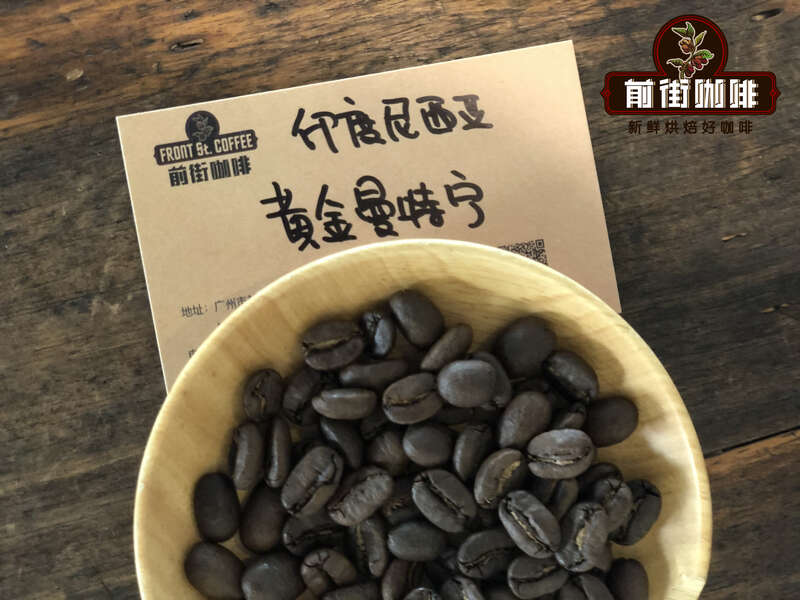
Cooking flavor: changeable levels, mellow and clean, high sense of balance, strong herbal and spice aromas, with chocolate flavor, long-lasting finish, obvious sweetness.
| | sour / fermentation |

Aromatic acid (Sour Aromatics): an acidic product, such as (Bush's Pinto Beans), a canned black-and-white spotted bean. Citric acid (Citric Acid) and malic acid (MalicAcid): more emphasis on sour, astringent taste, more intense. Butyric acid (Butyric Acid): the taste of some old cheese, such as cheese Parmesan. Isovaleric acid (Isovaleric Acid): it is also the taste of some old cheese, such as cheese Romano
| Alcohol / fermentation
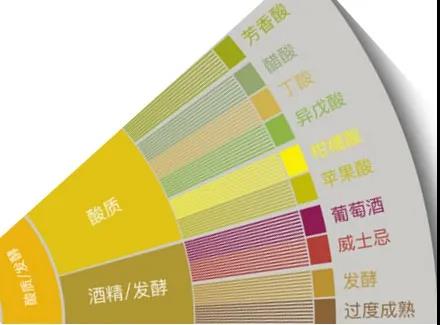
Overripe: although the reference is banana, it also refers to the sweet, slightly sour, moist, moldy or earthy taste of other overripe fruits or vegetables. Wine (Winey): the reference is Yellow Tail CabernetSauvignon. Fermented (Fermented): the reference is Guinness Extra Stout beer. Whisky (Whiskey): the reference is Jack Daniel's TennesseeWhiskey Old No. 7 Honduras Shirley from the front street coffee as a representative.
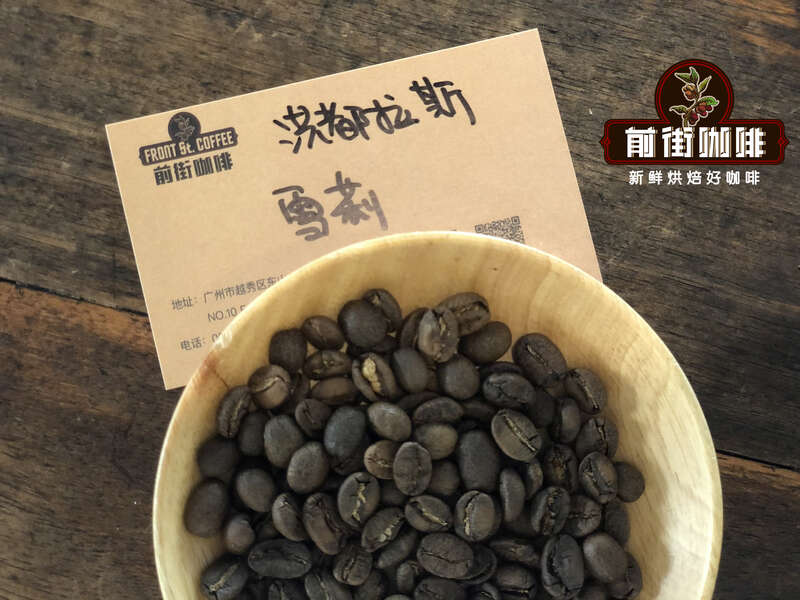
Cooking flavor: it smells of vanilla and cream, with whisky, berries, almonds and dark chocolate in the mouth, and maple syrup in the finish.
| | Bake |

Bitterness (Acrid): especially the bitterness after baking. The bitterness you usually drink is the bitterness of caffeine, not necessarily the bitterness after baking. Smoky: the smell of wood ash after burning wood. Browning (Brown, Roast): purely refers to the feeling of being baked. | | other (flaw flavor) |
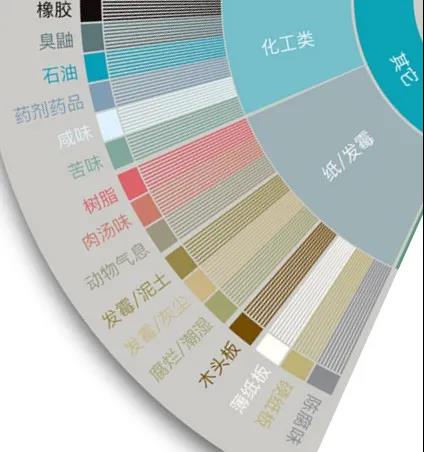
Stale: lack of freshness, fermented bread, taste of expired bread. Moldy/Damp: the smell of damp in the basement. Mildew / dust (Musty/Dusty): wheat germ, similar to the taste of cereal crumbs. Phenols (Phenolic): this is not a misplaced picture, nor is it a still picture of 50 shades of gray. This is the old-fashioned harness room, damp space, with the smell of animals. Among them, the woody aroma is produced by dry distillation in the process of deep baking. This flavor has received mixed praise and criticism. People who like it enjoy the woody flavor of the coffee and do not like it to affect the flavor of the coffee itself.
"how do people practice distinguishing smells? "
First of all, this is the whole process of identifying smell: the brain receives information-compares-analyzes-remembers.
We can smell a smell, taste a taste, but maybe we can't describe it very accurately. The flavor wheel can classify all the taste systems perceived by human beings, corresponding to the smell system is the smell wheel, with the practice of the two, we can clearly sense the slightest difference among all the odors.
For example, when we first eat strawberries, we observe the red appearance of strawberries visually, the sour, sweet and delicious taste of strawberries through our sense of taste, and the smell of strawberries and the juicy taste of the flesh in the mouth. The most important thing is that our brains accept this information, and we remember fruits like strawberries, which is a typical example of how we remember the taste of food.
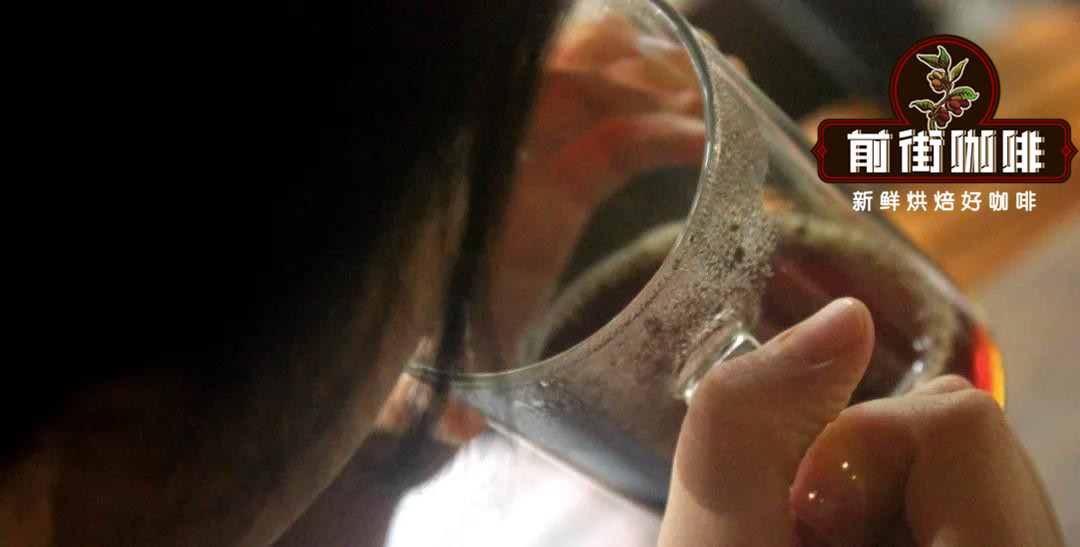
Qianjie Coffee believes that the sensory ability of coffee is a kind of ability to identify and describe. The taste of coffee is so diverse that different varieties and different treatments in different areas will make coffee produce different flavors. The establishment of a flavor memory bank is to extract the impression of taste from our memory, just as we can describe the strawberry flavor in strawberry yogurt because we have eaten strawberries. There is a strawberry taste memory in the brain.
Baristas can improve their senses by calibrating the perfume bottle.
But at present, the price of incense bottles on the market is not cheap, and after all, after artificial processing, there may be a gap between the taste and the actual aroma, is there a cost-effective way to improve it? That is to draw materials from life-to eat something with purpose. Even Qianjie coffee, a partner with a scent bottle, is recommended to feel the aroma, taste and experience from life all the time. When we eat fruit, we try to remember the aroma and taste of the fruit to build our own flavor memory bank. After all, the smell bottle only has 36 flavors, but there are more than one flavor that can be described in coffee. Baristas have to taste a lot, to remember, to distinguish, to sum up, and over and over again, their sensory abilities can be improved little by little.
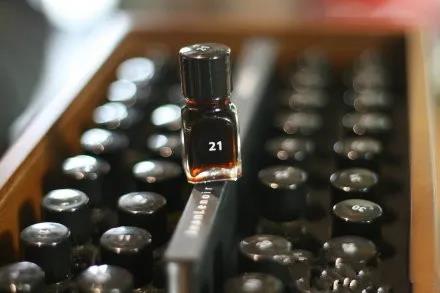
For more knowledge of boutique coffee beans, please add Qianjie Coffee WeChat account: kaixinguoguo0925
Important Notice :
前街咖啡 FrontStreet Coffee has moved to new addredd:
FrontStreet Coffee Address: 315,Donghua East Road,GuangZhou
Tel:020 38364473
- Prev
Definition of time for coffee beans to grow what to do after the taste period is over
"isn't this the suntan Gedeb Yegashev that Has Bean in the UK recently put on the shelves? My friend, it's hard to get fat if you eat alone. Buy me a drink.
- Next

2017 seasonal beans, coffee beans, Colombian decaf, Swiss water-treated coffee, fine coffee
Decaffeinated coffee is coffee with only a small amount of caffeine. The caffeine content in brewed coffee should not exceed 0.3%. In other words, a cup of decaf should contain no more caffeine than 5mg (usually a cup of 236mI coffee contains caffeine from 50mg to 200mg). According to the FDA standard of the US Food and Drug Administration, the caffeine removal rate of decaffeinated coffee is not less than 97%.
Related
- Beginners will see the "Coffee pull flower" guide!
- What is the difference between ice blog purified milk and ordinary milk coffee?
- Why is the Philippines the largest producer of crops in Liberia?
- For coffee extraction, should the fine powder be retained?
- How does extracted espresso fill pressed powder? How much strength does it take to press the powder?
- How to make jasmine cold extract coffee? Is the jasmine + latte good?
- Will this little toy really make the coffee taste better? How does Lily Drip affect coffee extraction?
- Will the action of slapping the filter cup also affect coffee extraction?
- What's the difference between powder-to-water ratio and powder-to-liquid ratio?
- What is the Ethiopian local species? What does it have to do with Heirloom native species?

